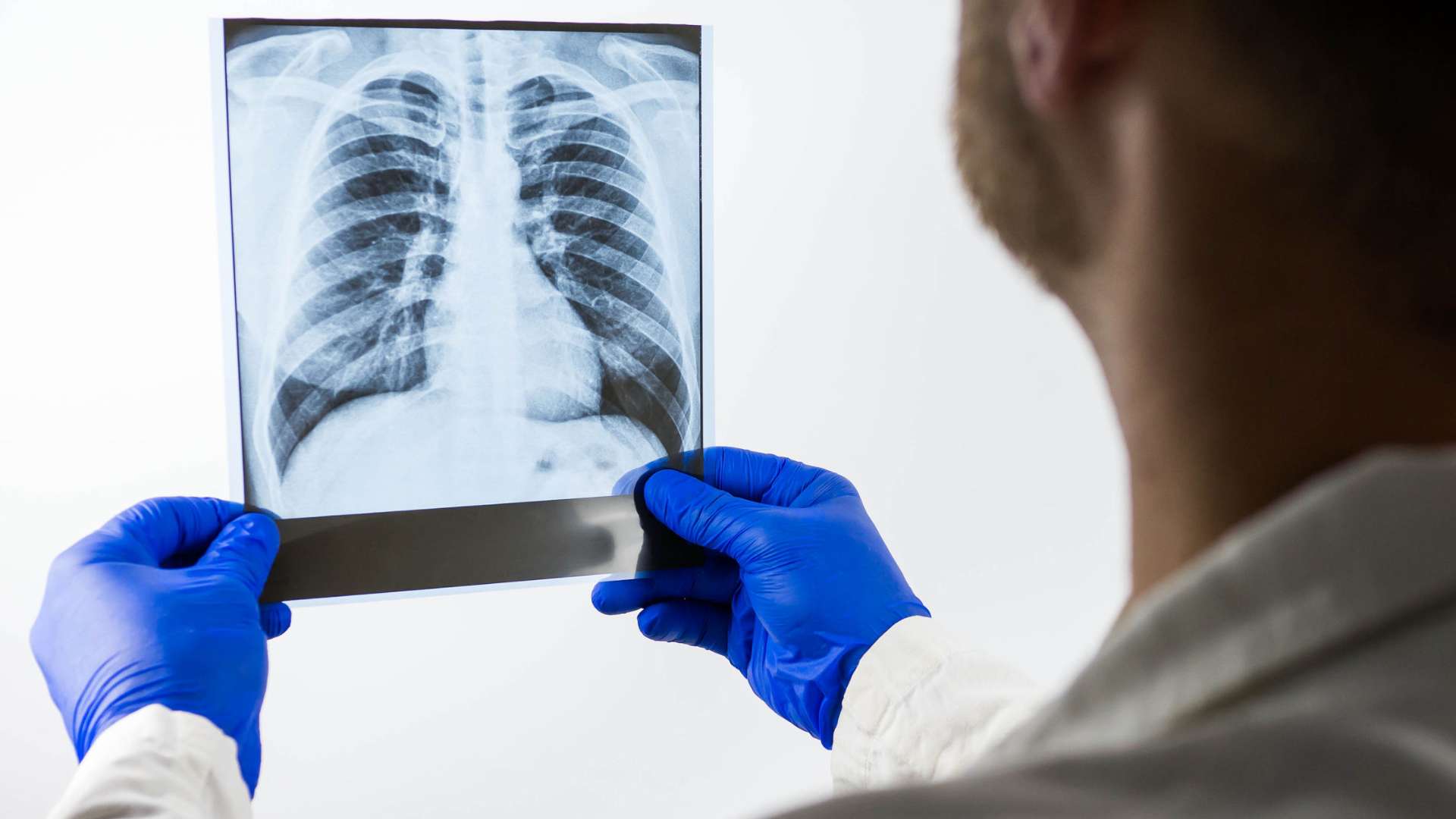World Tuberculosis Day 2024 Sparks Hope For TB-Free Future
As the world commemorates World Tuberculosis Day on March 24, it’s crucial to recognise both the progress made, and the challenges that remain in the fight against tuberculosis (TB).
Since the turn of the millennium, global initiatives have contributed to saving an estimated 75 million lives from this ancient disease. However, TB still claims 1.3 million lives annually and continues to affect millions more, profoundly impacting families and communities worldwide.
Recently, the World Health Organization (WHO) released an investment case for TB screening and preventive treatment, a modelling study developed with Governments of four countries – Brazil, Georgia, Kenya and South Africa – which highlights the positive impact from expanding TB screening and preventive treatment.
Under the theme “Yes! We can end TB!”, the 2024 World Tuberculosis Day instils a message of optimism. It signifies a collective commitment to revitalising efforts to combat the TB epidemic through robust leadership, increased investments, and swift adoption of new WHO guidelines.
In Singapore, the renewal of the Directly Observed Therapy (DOT & Shop) programme by SATA CommHealth and Tan Tock Seng Hospital (TTSH) marks a significant stride towards eliminating TB by 2030.
Since its inception in 2009, the DOT & Shop initiative has provided vital support to TB patients by offering supermarket vouchers as incentives, encouraging them to adhere to the complete treatment regimen. Over the years, approximately 3,000 TB patients have benefited from this programme.
Furthermore, proactive measures undertaken by the Ministry of Health (MOH) in Singapore exemplify a concerted effort to combat TB. The recent mandatory TB screening exercise in Jalan Bukit Merah saw an impressive response, with over 1,500 residents, constituting approximately 93 percent of eligible individuals, participating in the screening. Additionally, 500 individuals voluntarily underwent screening, reflecting a community-wide commitment to early detection and containment of TB spread.
This initiative was prompted by the detection of 10 new TB cases in the area, underscoring the importance of proactive screening and surveillance to curb transmission.
What is TB?
TB primarily affects the lungs, leading to pulmonary tuberculosis, but it can also impact other body parts (such as the brain, lymph nodes, kidneys, bones and joints), causing extrapulmonary tuberculosis, says Dr Low Su Ying, Senior Consultant, Department of Respiratory & Critical Care Medicine, Singapore General Hospital.
TB is caused by various strains of mycobacteria, primarily Mycobacterium tuberculosis, and is transmitted through fine respiratory droplets. Contrary to common misconceptions, TB is not spread through shared items like cups or utensils, cigarettes, or casual contact like kissing.
Latent TB VS active TB
Latent TB occurs when the bacteria are present in the body but remain inactive, causing no symptoms. Although not contagious, latent TB can become active, posing a risk.
On the other hand, active TB is when the bacteria multiply, leading to symptoms and the potential to spread the disease. Early detection is crucial to prevent the progression from latent to active TB.
What to do if diagnosed with TB
For those diagnosed with active TB, it is imperative to complete the full medication course, stay at home during the initial weeks of treatment, and practice proper cough etiquette, including using tissues and disposing of them properly, and wearing masks to protect others.
For the latest updates on Wonderwall.sg, be sure to follow us on TikTok, Telegram, Instagram, and Facebook. If you have a story idea for us, email us at [email protected].










